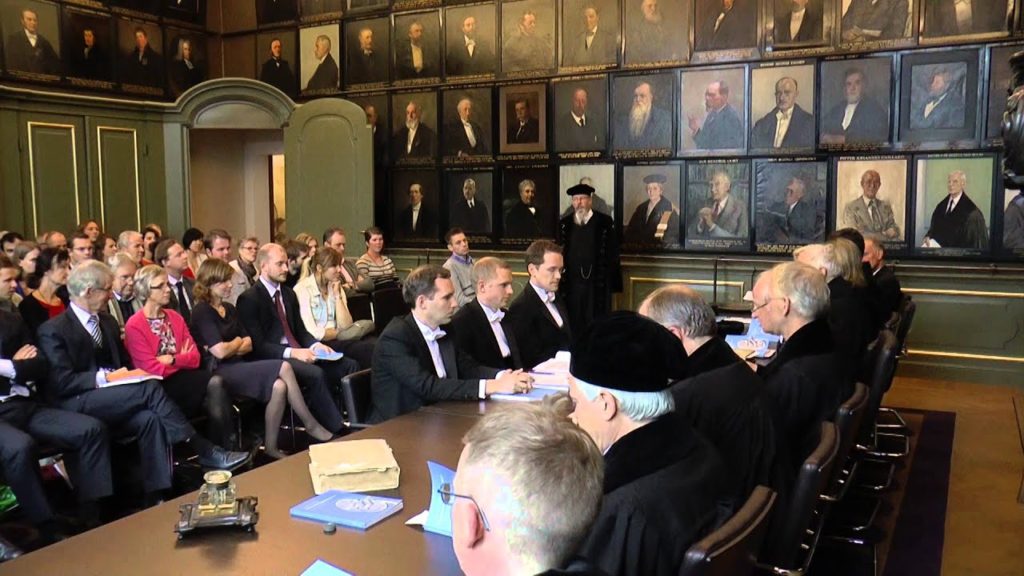After all of the work necessary for completing a dissertation, preparing for the final dissertation defense can seem quite difficult. However, in my experience, the final dissertation can be an opportunity to show off your work and bring an appreciation for all that you have accomplished. In today’s post, I will discuss how to prepare for the final dissertation defense to set yourself up for success.






